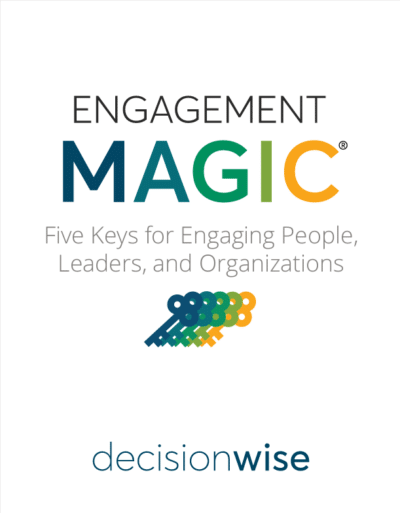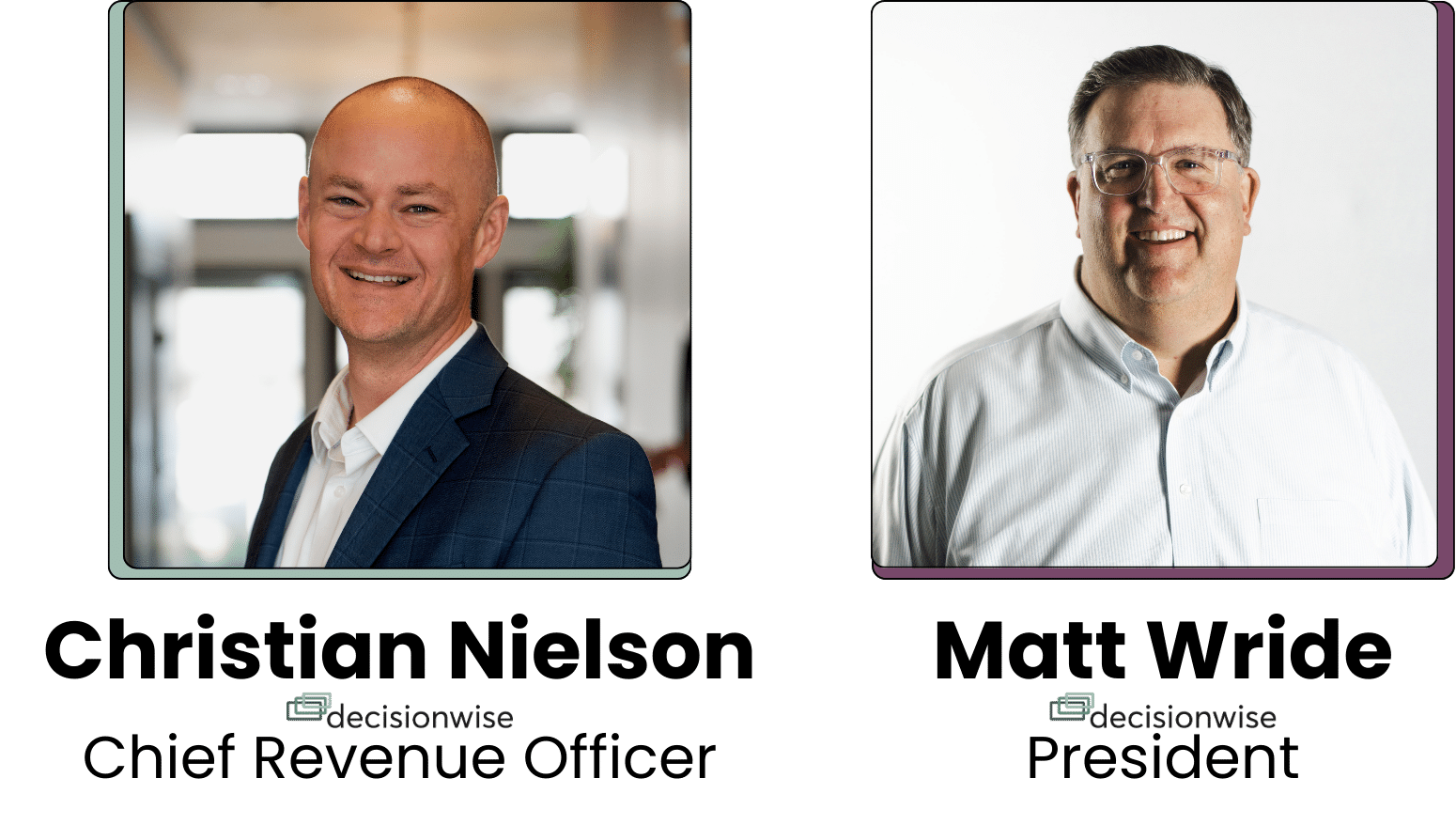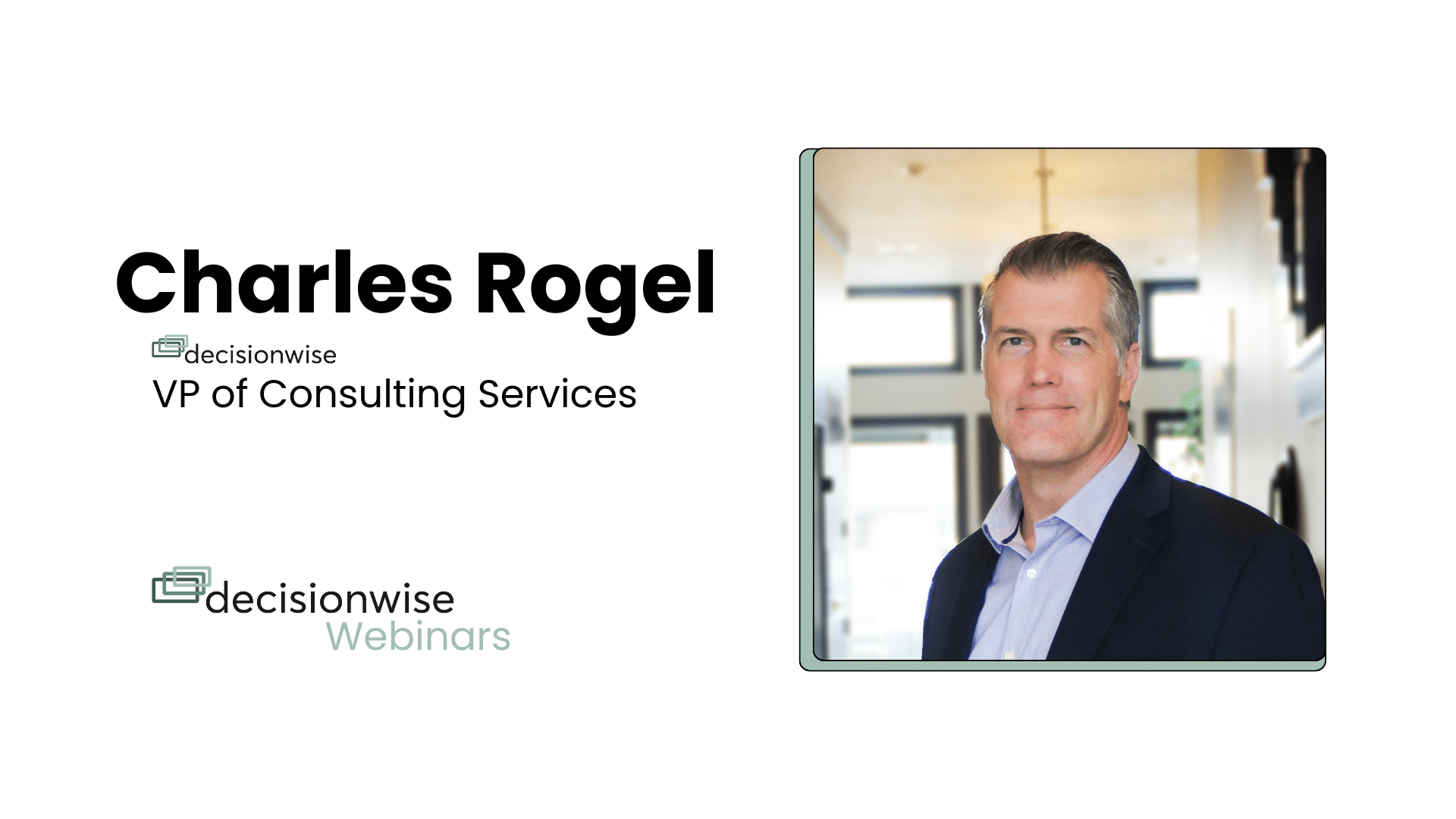
Engagement is a 50-50 proposition—a two way street. Yes, the organization is responsible for creating an environment where engagement can flourish, but the employee has an equal responsibility to CHOOSE to be engaged. This whitepaper shows managers how to unlock the power of employee engagement using the five-key ENGAGEMENT MAGIC® model: Meaning, Autonomy, Growth, Impact, and Connection.
Employee Engagement
HEART, SPIRIT, MIND, AND HANDS
For the individual: You know it when you feel it. You love what you do. You’re energized. You contribute and make a difference. Your work is part of you and you are a part of your work.
For the organization: You can almost feel it in the air—it’s palpable. Employees are committed—they make things happen. Customers are delighted. Business thrives.
This is engagement.
Employee engagement is an emotional state where employees feel passionate, energetic, and committed to their work. This translates into employees who give their hearts, spirits, minds, and hands to deliver a high level of performance in the organization.
MAGIC: The Employee Engagement Model
When we first look to join a company, we may be enticed by some salary promises, the company brand, or cool perks. Important? Of course. But these factors—we call them “satisfaction elements”— don’t make us stick around.
They don’t mean we’re engaged in what we do. Engagement goes beyond satisfaction. Engagement occurs when we find meaning, autonomy, growth, impact, and connection—MAGIC—in what we do.
The DecisionWise five-key employee engagement model stems from two decades of research, gathering and analyzing feedback from tens of millions of employee survey responses in over 70 countries.
Meaning
Your work has purpose beyond the job itself.
Does your job inspire you? For many people, a job is just that, a job. But those that create meaning in their work understand that what they do matters. They find purpose in what they do. They understand that their efforts contribute to a greater cause—one that is important to them.
Not everyone saves lives in an emergency room, fights poverty in developing countries, or negotiates peace treaties. But we can all create meaning in what we do. In some way, our work contributes to the world, our company, our team, or even our families. When we create meaning, we know the “why” behind what we do, and understanding the “why” makes us more effective at the “what.”
Autonomy
The power to shape your work and environment in ways that allow you to perform your best.
Do you fully use your talents and abilities in your current position? Some people feel stifled in their jobs. In fact, 34 percent of employees say they can’t speak up for fear of negative consequences. Autonomy doesn’t mean “no rules and free reign.” We all work under guidelines. But when we understand our parameters, and have the freedom to do our best work, we are more creative, innovative, passionate and, ultimately, more effective.
Employees want to be empowered and have freedom to do their jobs in the way they feel is most effective (and most enjoyable). Organizations want results and accountability. Autonomy bridges these two needs, resulting in empowered, accountable employees.
Growth
Being stretched and challenged in ways that results in personal and professional goals.
Do you regularly feel challenged and stretched? Growing in our jobs doesn’t always mean getting a promotion or a raise; these are components of satisfaction. Growth is about mastering new skills, taking on challenges, and pushing to be better—both professionally and personally.
Results from DecisionWise employee surveys show that managers often fail to challenge employees enough to learn and to achieve higher results. Similarly, many employees don’t find their work challenging enough to keep them engaged. Imagine the untapped potential! On the other hand, stretching, taken to the extreme, can result in unhealthy stress. Growth strikes the balance between boredom and burnout.
Impact
Seeing positive and worthwhile outcomes and results for your work.
Do you leave work feeling like you accomplished something worthwhile? Impact is about results. It’s incremental progress toward a goal, and small wins that lead to big outcomes. We all need to see that the work we do is contributing to our own goals, the success of our team, those whom we serve, and the organization we are a part of.
Our research shows that managers consistently fail to recognize employees for their contributions. This tells us that many employees don’t see that the work they do translates into results. They spend a significant part of the day spinning their wheels, not going very far.
However, when leaders define goals and set clear expectations, measure and acknowledge progress, and help employees see progress, employees are far more likely (and able) to contribute to the organization’s success.
Connection
The sense of belonging to something greater than yourself.
Do you feel like you are an integral part of your organization? We connect with our organizations through the people with whom we work, the mission and values of the organization, and the work that we perform. Our work and our company are a part of who we are. The job, then, becomes more than just a set of tasks we perform.
When employees find connection, they work as a team, generate ideas, solve problems, take care of customers, and act with the organization’s best interests in mind. They’re proud of where they work and what they do, and they’re quick to tell others about it. They are fully invested. Employees become ambassadors for the organization—they see themselves as part of the organization, and others see the organization through these employees. Leaders understand that employees aren’t just part of the company—they are the brand.
Managers and Employee Engagement
Our most comprehensive study comparing the engagement levels of managers to the employees of their respective teams found that the engagement levels of managers have a direct correlation to the levels of their direct reports.
Managers who are fully engaged lead the most engaged teams. In other words, if you want more engaged employees you must have engaged managers. Additional research shows that only 65 percent of managers say they understand the concept of employee engagement. Even fewer managers know how to become more engaged in their work.
Bottom line: Without proper training, few managers will know how to create an engaged culture. To create engaged teams and organizations, managers and employees need to be trained on employee engagement model: the five keys of employee engagement.




